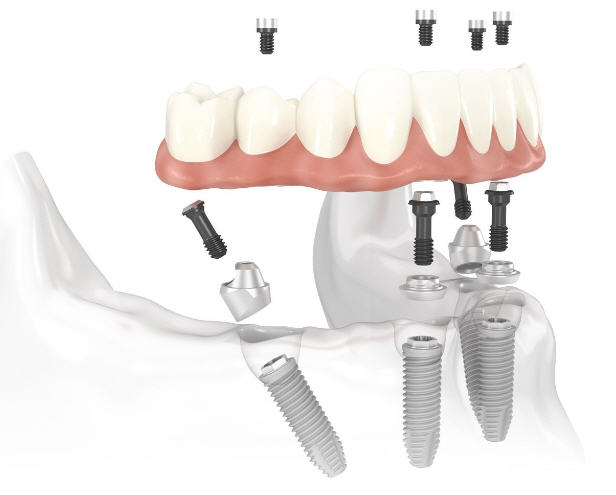
Key Performance Indicator (KPI) for Senior Citizen Care
To name a few:
Resident Health & Well-Being KPIs
- Fall Rate: The number of falls per 1,000 resident days. Lower fall rates indicate a safer environment.
- Pressure Ulcer Incidence: Percentage of residents developing new pressure ulcers (bed sores). Prevention is key to quality care.
- Medication Errors: Track medication distribution errors. Accuracy is vital for resident safety.
- Resident Satisfaction Surveys: Measure satisfaction with various aspects of care, quality of life, food, activities, etc.
- Weight Loss (Unintentional): Track changes in resident weight, as unintentional weight loss can be a sign of health issues or malnutrition.
- Hospital Readmission Rates: Percentage of residents readmitted to the hospital after a discharge. High rates can suggest quality of care concerns.
Quality of Life KPIs
- Activities Participation: Percentage of residents engaging in social activities, outings, and programming offered.
- Behavioral Incidents: Track the number and nature of any behavioral incidents related to aggression, agitation, or wandering.
- Family Satisfaction Surveys: Gauge satisfaction with care, communication, and overall experience from the perspective of loved ones.
- Resident Depression & Anxiety Rates: Monitor mental health indicators, as isolation and changes can impact seniors’ well-being.
Operational KPIs
- Occupancy Rate: Percentage of available beds or units occupied. Helps understand capacity utilization.
- Staffing Ratios: Ensure adequate staff-to-resident ratios as this critical to providing quality care.
- Staff Turnover Rate: Track how frequently staff leave. High turnover can disrupt care and be costly.
- Incident Reports: Track the number and types of accidents, injuries, or adverse events to identify areas for improvement.
- Average Length of Stay: How long residents typically stay at your facility. This can vary based on care setting.
Financial KPIs
- Revenue per Resident Day: Average revenue generated per resident per day. This helps track your financial performance.
- Cost per Resident Day: Average cost to provide care to each resident for a day. Managing expenses is vital.
- Profit Margin: Percentage of revenue remaining after all expenses. Measures overall financial health.
- Payer Mix: Track the percentage of residents covered by private pay, Medicare, Medicaid, etc. This mix impacts your reimbursement structure.
Additional Considerations
- Employee Satisfaction: Happy, engaged staff translates to better care for seniors. Track employee morale and well-being.
- Regulatory Compliance: Ensure adherence to all regulations and successful inspections, as this is crucial for your ability to operate.









